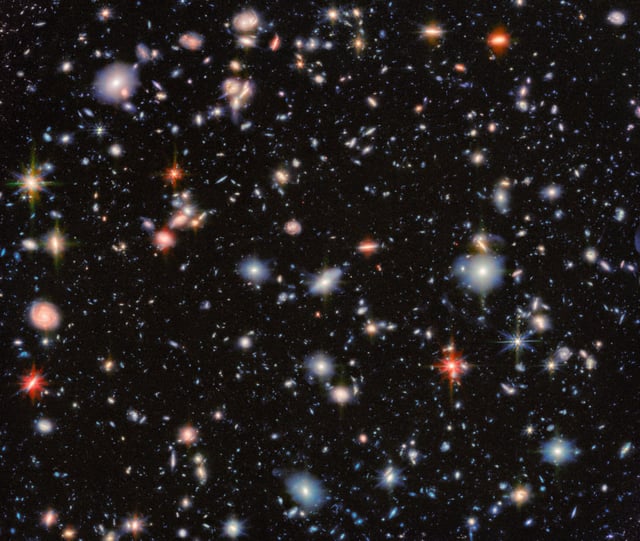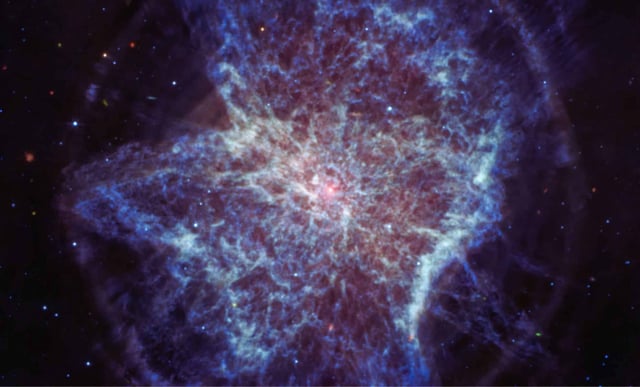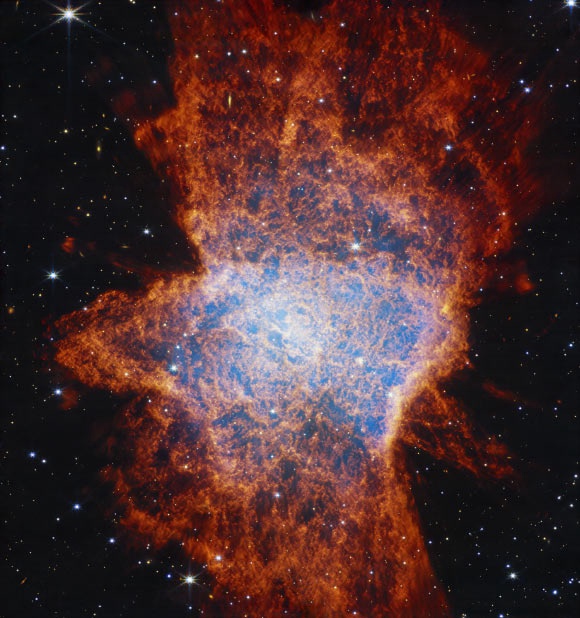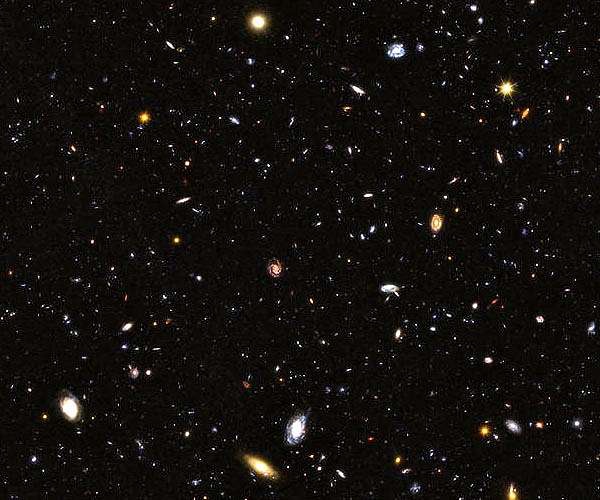Overview
- Webb dedicated almost 100 hours to a mid-infrared observation of the Hubble Ultra Deep Field, marking its longest extragalactic exposure.
- Analysis of MIRI imaging alongside NIRCam data revealed over 2,500 distinct cosmic sources in this tiny sky patch.
- Hundreds of the detected galaxies appear extremely red, indicating heavy dust obscuration or mature stellar populations.
- Webb’s sharp resolution and sensitivity have resolved fine structures in many distant galaxies for the first time.
- These observations will refine models of galaxy assembly and sharpen constraints on dark matter distribution and dark energy influence.



